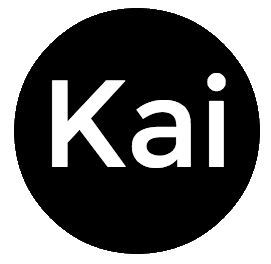Duopoly Government
A duopoly government - like the one in the US - presents its population with only two bundled choices at the ballot. If you want a smaller government, it also comes with restricting reproductive rights. If you want universal healthcare, it also comes with green climate policies.
Regardless of where you stand on any of these policies, I have rarely met a person who is 100% for every political agenda of one candidate. But for most state and federal elections, we are forced to only pick from two candidates, and the voters need to rank which policies are most important for them.
In the past two US presidential elections. There has been this notion of picking a candidate who is the “lesser of the two evils.” Meaning that most people were not particularly excited about Trump, Biden, or Clinton - they just needed to pick one who is less bad (in their opinion).
Solution? Ranked choice voting system. Multiple versions of ranked choice voting exist in the world. In a nutshell, voters rank multiple top candidates by their preference level, and the winner is chosen based on the candidate who wins the majority 1st ranked vote, and if no winner is elected it’d go into runoff with some candidates eliminated. The system is well known to have increased candidate diversity (from different parties) and improve the odds that one of the minority parties will win seats in elections.
The unfortunate truth is that the members of the duopoly government have no interest in introducing ranked choice voting, which will inevitably reduce the power of the duopoly. So, it’ll be a while before we see much election innovation in the US.
